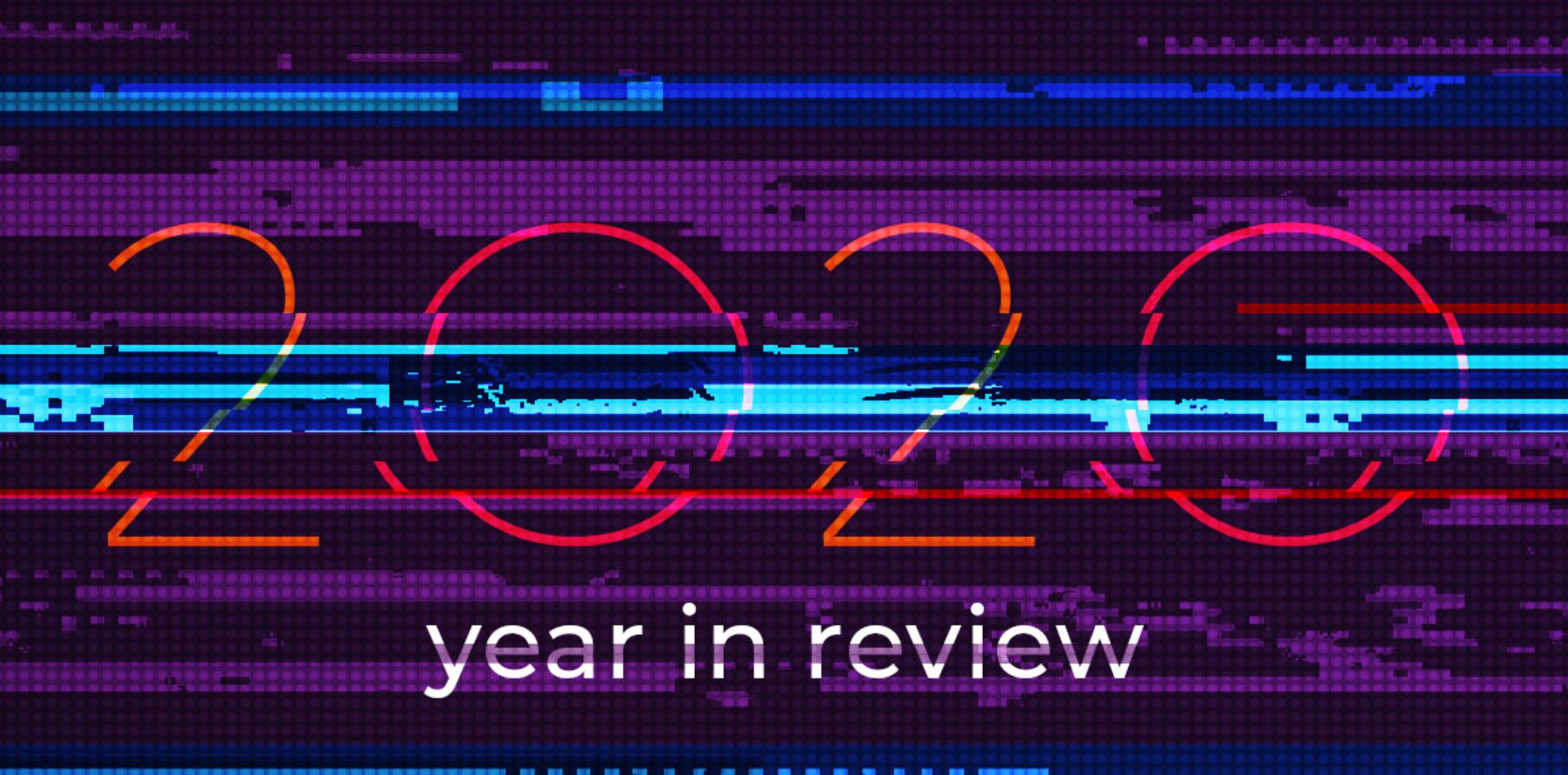By Lindsay Oliver
and Jacob
Hoffman-Andrews
As students were sent home from school in the spring due to the
coronavirus pandemic, schools followed them home with invasive
surveillance technology. This trend, spurred by the surge in remote
learning, was an opportunistic move by tech companies and schools
already in a race to control students through technology.
The Student Surveillance Ecosystem Pre-Pandemic
Before the pandemic, the school panopticon toolkit
was already wide-ranging. Many schools relied on cameras and
microphones installed in buildings to watch students go about their
day. The cameras
might be equipped with facial recognition; the microphones
might have “aggression detection” capabilities. Facial
recognition is a biased technology, and
cities have
started banning government use of face surveillance because of
this issue. Aggression detection technology
simply doesn’t work.
Some software scans students’ social media posts, both during
and after school hours. Schools can even track students’ personal
devices (as opposed to school-issued), by requiring the use of a
certain kind of
security certificate to use the school Internet, thus giving
administrators the ability to monitor browser history and messages
students send. These technologies cause real harm, including
disproportionately impacting
students of color and causing
mental health issues. And knowing they might be punished for
speaking up— like the
Georgia student suspended for posting about inadequate coronavirus
mitigation measures—is inherently chilling to students’
freedom of expression.
In response to this encroachment of surveillance into schools,
EFF created a Surveillance
Self-Defense Guide written especially for students. It
describes the technologies that students can be subject to, the
risks they pose, and how to minimize those risks—and how to make
the case to parents, teachers, and school administrators that spy
tech doesn’t belong in a place of learning.
This was already an Orwellian situation before the pandemic.
Now, with millions of students studying from home to stay safe from
COVID-19, new threats have popped up.
The Turbocharging of Remote Proctoring
Remote proctoring refers to a class of monitoring technology
that spies on students as they complete exams. It is incredibly
invasive, often uses facial recognition software and AI monitoring,
collects massive amounts of sensitive data (including in some cases
biometric information), and scrutinizes students every facial
expression and movement for signs of academic dishonesty.
Proctoring software can also have biases against students that do
not fit the presumed white, neurotypical, and able-bodied
“norm,” further
exposing the most vulnerable students to harm. Ultimately,
these apps cannot keep their promise to stop cheating. Students
will always be able to undermine these tools, making this
technology merely
a further normalization of surveillance in education.
Become an Activist Post Patron for just $1 per month at Patreon.
These apps
subject students to unnecessary and invasive surveillance,
and�EFF has been proud to
stand with students on this issue. We’ve
objected to the California Bar’s required use of ExamSoft in
the bar exam and
won a partial victory when–shortly after receiving our
letter–the Clerk and Executive Officer of the California Supreme
Court
asked the state bar to propose a timetable within 60 days for
the deletion of all the 2020 bar applicants’ personally
identifiable information collected via ExamSoft. When ExamSoft
flagged over a third of all online test-takers, we pushed for
the Bar to give examinees additional time and information necessary
to defend themselves against the many likely baseless accusations
of cheating.And when five U.S. senators began investigating these
apps, we reminded them that
the entire business model of proctoring companies is surveillance
of students, and that you can’t make spying less
invasive.
University App Mandates
Some universities have mandated that students install
COVID-19-related technology on their personal devices as a
condition for returning to campus or enrolling in classes. EFF
has been clear that this is the wrong call.
Exposure notification apps,
quarantine enforcement programs, and
similar
new
technologies are untested and unproven, and mandating them
risks exacerbating existing inequalities in access to technology
and education. Schools must remove any such mandates from student
agreements or commitments, and further should pledge not to
mandate installation of any technology. EFF is
urging universities to rethink these mandates and commit to our
University App Mandate Pledge: six transparency and
privacy-enhancing policies that university officials must adopt to
protect the privacy, security, and transparency of their community
members. Students, staff, faculty, and university community members
can speak up here.
EFF will continue to stand for student privacy. Whether it’s
creating resources like our Privacy for
Students guide, continuing to write about emerging student privacy
issues, or teaching journalism graduate students
how to think and write about data privacy issues that affect
students, we’ll be here to fight for and reassure students:
invasive surveillance is not normal and it has no place in your
school.
This article is part of our Year in Review series. Read other
articles about the fight for digital rights in 2020.
Source:
EFF
Also see Activist Post’s coverage of this trend and the deeper
agenda:
How The “Great Reset†Is Targeting Our Children & Plans To
“Reimagine†Humanity – Interview w/Spiro
Gates and Big Tech “Reimagine†Post-Human Education: The “New
Normal†is A.I. Data-Mining for “Social Creditâ€
A “Brave School World†of Tracking Student Data for “Social
Creditâ€
Subscribe to Activist Post for truth, peace,
and freedom news. Send resources to the front lines of peace and
freedom HERE!
Follow us on SoMee,
HIVE, Parler, Flote, Minds, MeWe, Twitter and Gab.
Provide, Protect and Profit from what’s coming!
Get a free issue of Counter
Markets today.
Student Privacy and the Fight to Keep Spying Out of Schools: Year
in Review 2020


















